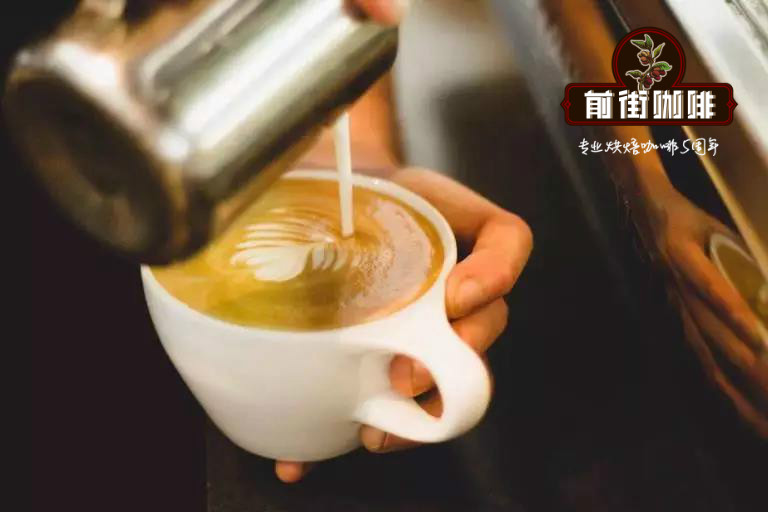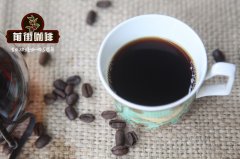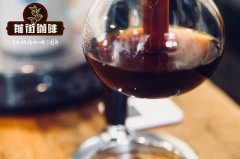What is the most important feature of mocha coffee? what is added to mocha coffee?

Professional coffee knowledge exchange more coffee bean information please follow the coffee workshop (Wechat official account cafe_style)
What is the most important feature of American mocha coffee?
1) Cinnamon powder
2) Chocolate
3) Caramel
4) Cardamom
Explanation:
The word "mocha" is synonymous with chocolate in the vocabulary of coffee.
When the strong Espresso, glamorous hot chocolate, and gentle milk want to meet in the cup, it is intertwined into the flavor that countless coffee families miss most.
Mocha (English: Caf é Mocha, Italian: Mocaccino, also known as mocha or mocha) is a variant of Italian latte. Like the classic Italian latte, it is usually made of 1/3 espresso and 2/3 foam, but it is also mixed with a small amount of chocolate. Chocolate is usually added in the form of chocolate syrup, but some coffee selling systems are replaced by instant chocolate powder. Sometimes, whipped cream, cocoa powder, and marshmallows are added to accentuate the aroma of coffee and as a decoration.
Like Italian cappuccinos, mocha has milk foam on it, but it is sometimes replaced with whipped cream. Mocha coffee is often topped with cinnamon or cocoa. Sometimes marshmallows are added to add flavor or decoration.
One variant of mocha is White Cafe Mocha, which uses white chocolate instead of milk and dark chocolate. In addition to white mocha, there are some variants that are mixed with two kinds of chocolate syrup, sometimes called "Zebras" and sometimes comically called "tuxedo mocha" (Tuxedo Mocha).
In some parts of Europe and the Middle East, Mocaccino is used to describe Italian lattes with cocoa or chocolate. In the United States, mocaccio refers to an Italian cappuccino with chocolate.
The name Mocha Coffee comes from the Yemeni town of Mocha on the Red Sea. This place monopolized the export of coffee in the 15th century, especially in the Arabian Peninsula region.
Mocha is also a "chocolate-colored" coffee bean (from Yemeni mocha), which makes people associate coffee with chocolate and develop chocolate espresso drinks. In Europe, "mocha coffee" may refer either to this drink or simply to coffee made from mocha beans.
Important Notice :
前街咖啡 FrontStreet Coffee has moved to new addredd:
FrontStreet Coffee Address: 315,Donghua East Road,GuangZhou
Tel:020 38364473
- Prev

Jamaica Blue Mountain Coffee Classification Blue Mountain Coffee Secrets Understanding Blue Mountain Coffee
Professional coffee knowledge exchange More coffee bean information Please pay attention to coffee workshop (Weixin Official Accounts cafe_style) Jamaica Blue Mountain Coffee Most people know that the price of a cup of real Jamaica Blue Mountain Coffee should be in three figures, but do you know that not all Blue Mountain beans can make the flavor that Jamaica Blue Mountain Coffee should have? Because authentic Jamaica Blue Mountain coffee flavor is
- Next

Introduction of Yega Chuefei Flavor description of Yega Chuefei Baking
Professional coffee knowledge exchange more coffee bean information Please follow the coffee workshop (Wechat official account cafe_style) long ago wanted to write an article on the introduction of Yejashafi coffee, there are several reasons, the core of contemporary coffee. Yegashafi is the core of Ethiopia, the country of origin of Arabica. It is the coffee product that you must know and savor if you like or want to come into contact with fine coffee.
Related
- Beginners will see the "Coffee pull flower" guide!
- What is the difference between ice blog purified milk and ordinary milk coffee?
- Why is the Philippines the largest producer of crops in Liberia?
- For coffee extraction, should the fine powder be retained?
- How does extracted espresso fill pressed powder? How much strength does it take to press the powder?
- How to make jasmine cold extract coffee? Is the jasmine + latte good?
- Will this little toy really make the coffee taste better? How does Lily Drip affect coffee extraction?
- Will the action of slapping the filter cup also affect coffee extraction?
- What's the difference between powder-to-water ratio and powder-to-liquid ratio?
- What is the Ethiopian local species? What does it have to do with Heirloom native species?

